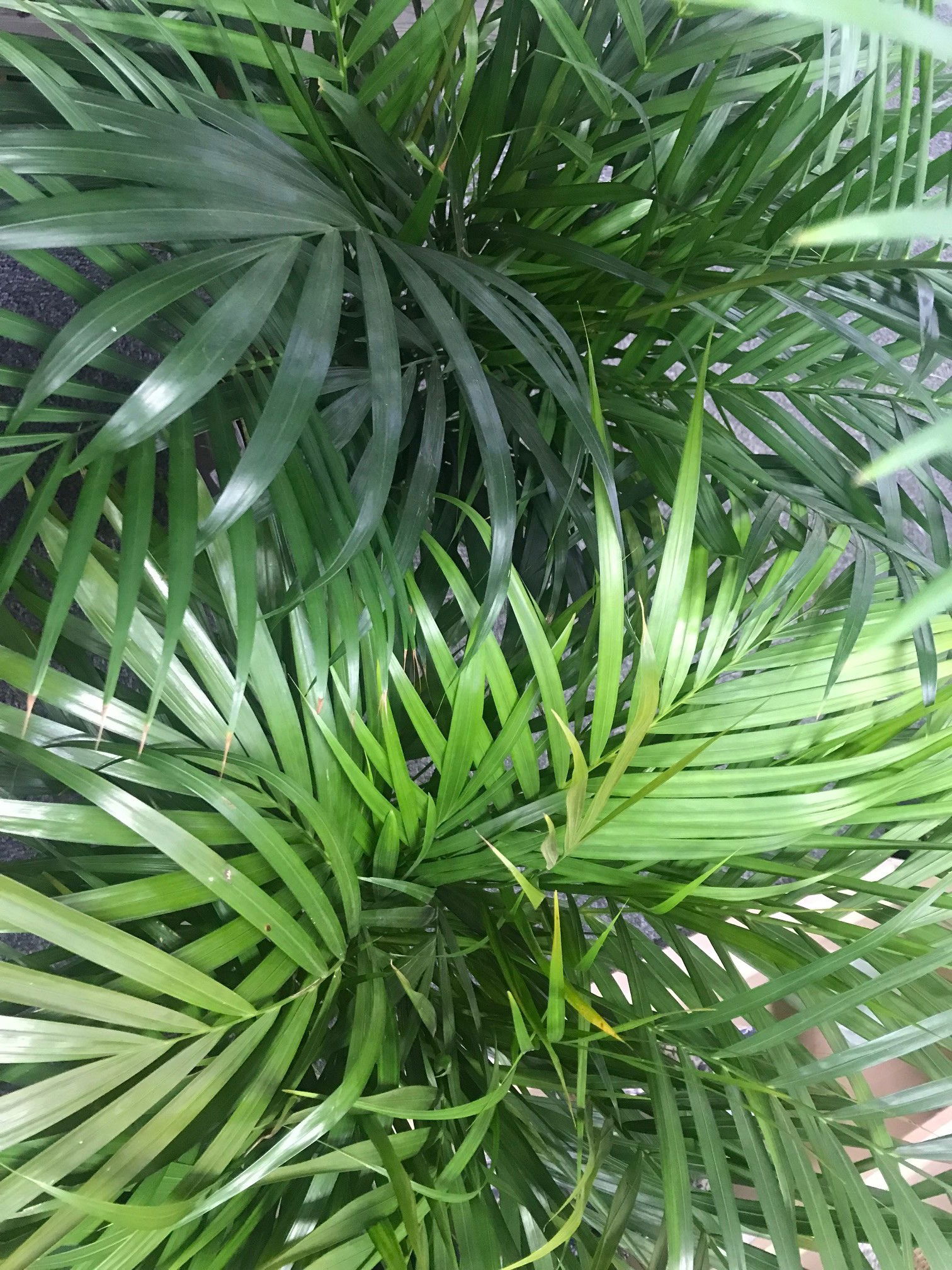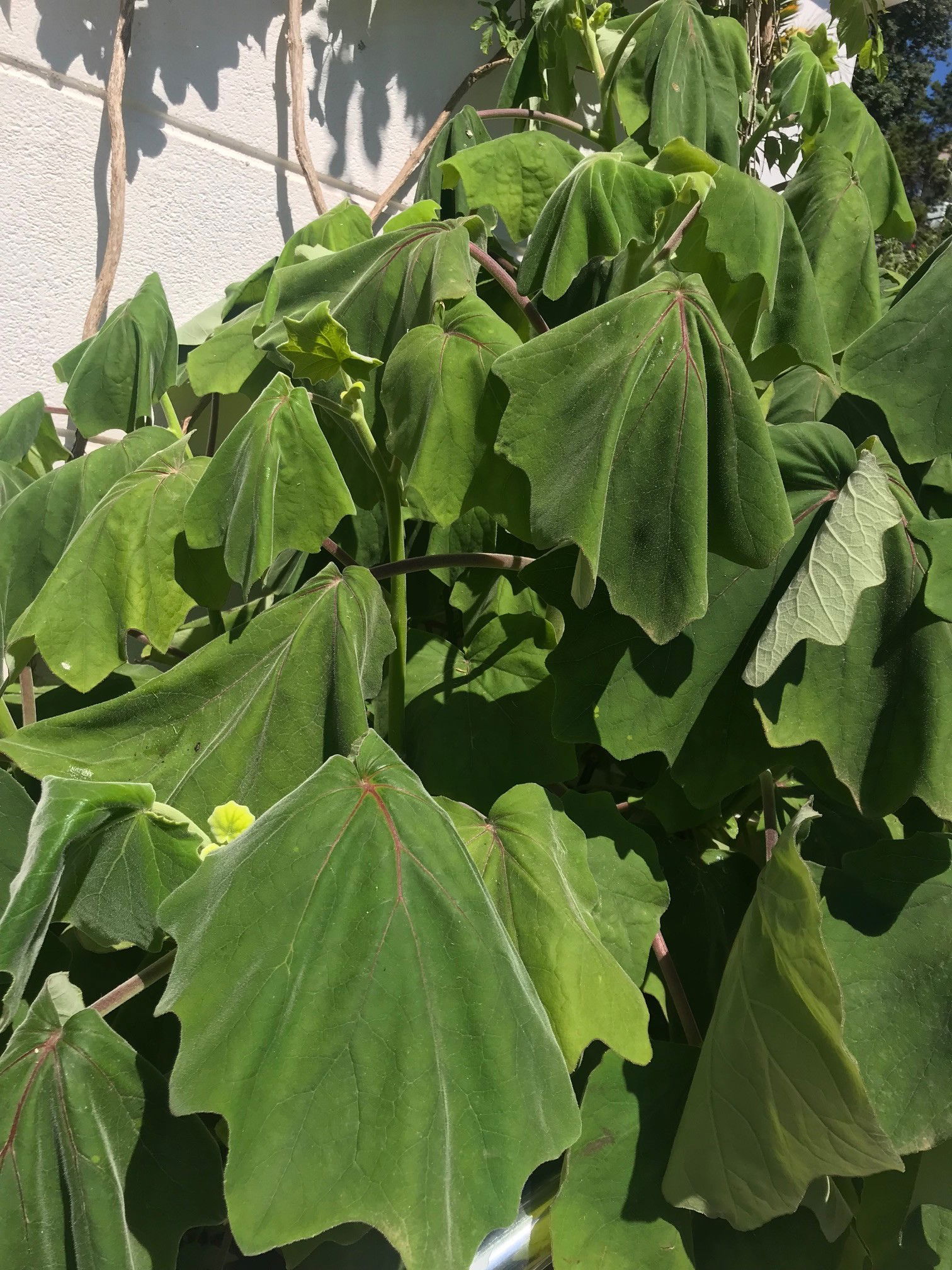Monstera deliciosa - Swiss Cheese Plants
Contents
- How Does Sun Scorch Work?
- Symptoms
- Sun-Tolerate Plants
- How to Save a Burnt Specimen
Need the answer to a specific plant query? Book a 1-to-1 video call with Joe Bagley, the website's friendly author, to overcome and address your niggling problem! Available on iMessage, WhatsApp, Facebook Messenger & more.
How Does Sun-Scorch Work?
When a houseplant endures excess sunlight, the cellular regulation of the leaf will be working overtime. The transpirational rate will go through the roof to lubricate the process of photosynthesis, along with keeping the leaf hydrated from the sun. While a plant is subjected to long periods of direct sun, osmosis and drying soil are considerably sped up during this ordeal; some specimens are better equipped for the rays than others. Caputia tomentosa has a near-white appearance that lacks chlorophyll for lowered rates of photosynthesis, along with reflecting the sun's rays off from its body.
 The lower Areca Palm sports a lighter appearance compared to the other, due to prolonged exposure from the sun. Notice how the bottom left frond is also beginning to whiten-over.
The lower Areca Palm sports a lighter appearance compared to the other, due to prolonged exposure from the sun. Notice how the bottom left frond is also beginning to whiten-over.
For specimens that originate from the rainforest or temperate floors, they won't be as tolerable for such exposure. Many specimens will sport a red under-sides to reflect the dappled rays back into its leaf, thus increasing the light-capturing efficiency. When they're subjected to harsh spring or summer rays, possibly accelerated by the glass or wet leaves, the cellular makeup of its leaves begin to fail and breakdown. Especially when coupled with reduced soil moisture, the plant will enter osmotic-stress, where it'll release a chemical called 'Dehydrin' to begin the total breakdown of the plant.
Symptoms
The first signs of stress will be noticed on the leaves; brown edges and yellowed halos will circulate the leaf's diameter, and in some cases, the plant may develop a white, bleached-out appearance, too. Higher rates of transpiration will lead to drying soil and development of wilting, thus becoming a serious issue that must be addressed immediately. Some species may 'jump the gun' where they'll wilt before a large amount of water is lost to lower the rates of transpiration and dehydration. Stunted growth is the last symptom to look out for. Because of the undesired environment, there'll be will a reluctance for new growth as juvenile tissue is more likely to scald, compared to the thick older leaves.
 Although some species can become flaccid when water levels are low in the plant and soil, others can prematurely wilt to lower transpiration and evaporation loss before dehydration rises a threat.
Although some species can become flaccid when water levels are low in the plant and soil, others can prematurely wilt to lower transpiration and evaporation loss before dehydration rises a threat.
We've just opened our online shop!
Want to buy top quality potting mixes with FREE Delivery? Click here to view our new store, including everything from indoor potting mixes to moss pole hooks!

'Houseplant Potting Mix'. £4.95 + FREE Delivery!
Sun-Tolerate Plants
The list below comprises of specimens that can endure several hours of intense light, even though the summer when the sun is at its sharpest. Those who have an Asterix ' * ' by their names must be accompanied by moist soil to counteract the heightened risk of dehydration. The plants in bold are pet-friendly.
- Agaves - Tequila Plants
- Aloe Vera
- Banana Palms*
- Bird of Paradise - Strelitzia*
- Burro's Tails
- Carnivorous Plants* - Venus Fly Traps, Pitcher Plants, Nepenthes, Drosera, Pinguicula & Darlingtonia
- Crassula argentea
- Crotons*
- Desert Cacti (NOT Tropical or epiphytic cacti)
- Dichondra*
- Euphorbia trigona - African Milk Bush
- Geranium
- Hibiscus*
- Jasmine*
- Pachypodium
- Papyrus*
- Ponytail Palms - Beaucarnia or Nolina
- Sago Palms - Cycads & Zamia
- Sansevieria - Mother-In-Law's Tongue / Snake Plant, Rocket Plants & African Spears
- String of Pearls, Bananas or Dolphins
- Most Succulents - Aloe, Caputia, Crassula, Curio, Echeveria, Euphorbia, Gasteria, Haworthia, Portulacaria afra, Sedum, Sempervivum, Senecio & more
- Vegetables & Fruits - Capsicum (Peppers), Tomatoes & Strawberries, etc.
- Yucca
How to Save a Burnt Specimen
As mentioned above, if a plant endures too-damaged leaves and severe dehydration, the chance of survival is significantly reduced. This final section will discuss the five tips in which you can help the specimen's recovery process.
- Take the plant away from the sunlight as soon as possible. As there may still be sections of the foliage relatively unscathed, removing it from the firing line will prevent further overall damage.
- If there's visible dehydration, accompanied by dry soil, now's the time for irrigation. Instead of shocking the roots by drenching the soil immediately, give it little and often waters over the following few hours. Because of the recent ordeal, its root system may still be sensitive to chemicals and cold water, so it's important to lay off the fertilisers for a while.
- Prune off any yellow or brown leaves that are attached to the plant. Keep any branches that are still bendable with a green cambium (below the bark), as new nodal shoots may develop in the oncoming weeks.
- Present a bright environment that offers NO direct sunlight. Although you may think to relocate it to a shadier location, the leaves contain very little chlorophyll, meaning that it won't be able to sufficiently convert natural light into storable energy. Not only that, relocating a plant into a new setting with different conditions (light, humidity and temperature, etc.) will result in environmental shock, leading to sudden leaf loss, stunted growth and possible death. As long as you can read a newspaper without the need for artificial lighting, you'll be fine!
- Maintain evenly moist soil, allowing the top third to dry out. If the leaves don't perk up after a week of saturated soil, the chances of survival are minimal. Keep the potted plant under a transparent bag or box to lock in the humidity for better rates of transpiration. A well-hydrated leaf is more likely to photosynthesise, thus producing more storable energy for the plant's recovery process.
Once the steps are fulfilled, it's time to play the waiting game. Take a photo of the specimen on the day of treatment, and then again every few days - this way, you'll be able to see a clear development or decline without having to second-guess.
Book a 1-to-1 Consultation with THE HOUSEPLANT DOCTOR™
Need realtime advice for your houseplants? Book a video or message consultation with expert Joe Bagley, THE HOUSEPLANT DOCTOR™ (author or ukhouseplants.com). Choose between a ten or thirty-minute session & a platform of your choice (WhatsApp, FaceTime, Facebook Messenger or Zoom). Ask unlimited questions in one session, including queries on your dying/challenging plants, pests eradication, terrariums, repotting advice & everything in between! Available worldwide.